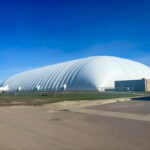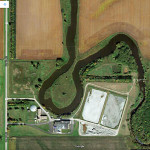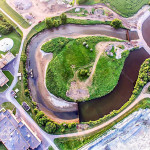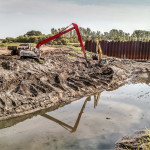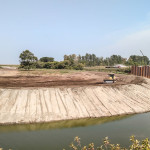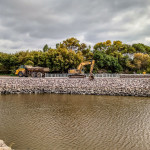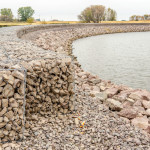

Aberdeen Water Works shows us how they keep our sinks safe
Have you ever thought about how water gets to your own kitchen sink? Aberdeen Water Works has been figuring out the best way to keep our water flowing since 1934. To ensure our drinking water is clean, after taking water from the lakes, dams, and the river, the water is taken to the water plant to be cleansed and made drinkable. The water we drink goes through many different levels of processing to make it not only clean and fit water safety standards, but also taste good. Aberdeen Water Works does everything they can to get us the water we need.
Janel Ellingson, superintendent of Aberdeen Water Works, commits to “improving the treatment process to be able to provide water of more consistent hardness and to better control taste and odor.” Aberdeen Water Works recently finished a large project called the Input Project. This project was in the works for quite a while and the end result was absolutely necessary.
While water was flowing into the water plant, river gunk and sludge would stick to the input pipes. Because of this, divers were constantly having to dive into the dirt and grime to clean the grates of the input pipes. To fix this, Aberdeen Water Works built a filter-like wall of rocks that allows water to get through, but does not allow all the silt, sand, clams, etc. to get through and clog the input pipe. Simply stated, this project by the water treatment plant and Aberdeen Water Works ensures us with clean water. So, go ahead, drink up Aberdeen. // — Hannah Loefke
For questions or concerns, call the Public Works office at (605) 626-7010.
- Aerial views show the most dramatic before and after view of the intake diversion project. Instead of allowing the Elm River to simply flow past and fill the intake port, a massive rock dam was built allowing the river to flow past yet trickle through, trapping sediment before it makes it way to the intake port.
- In order to access the intake port and to build the rock berm, temporary dams were installed. The water was then pumped out exposing the river bed which was dredged and contoured to control water flow. Upon completion, the “island” in the middle was planted to become a wetlands. Over the years the plan is to replace clogged rocks as the silt builds up, which will be far less frequent and safer than sending divers down.
- Water trickles through the rock berm, keeping soil and sediment out of our drinking water.





